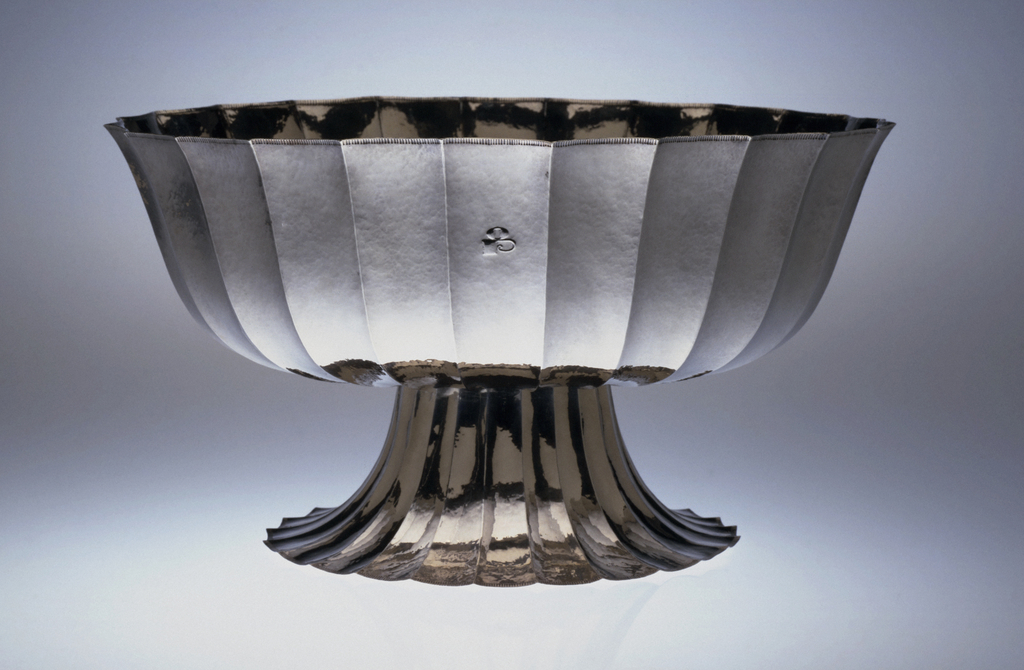This elegant piece of silver is both modern and ancient. Not only does it connect to designs by Hoffmann in other media, such the glass vase with fluted base he designed for Lobmeyr (2009-18-75) and a fluted sidewall paper by his follower Dagobert Peche, (1930-11-1f) but also relates to designs of ancient Greece and Rome. Look at the flutes! They mimic the flutes of marble columns from the Ionic and Corinthian orders used in Greek temples. Image: – http://www.flickr.com/photos/smithsonianlibraries/5684213857/in/set-72157626516129017
These orders were presented in books starting in the Renaissance and throughout history whenever the fashion for antiquity or a sense of classical proportion re-appeared. Hoffmann was showing that despite his interest in creating a design that was fresh, it was based on his training in designs of the past that he could adaptively re-use. He also referenced designs from the neo-classical era of the late eighteenth century. English teapots of the 1780’s used flutes for the sides of teapots. Paul Revere created almost identical teapots in 1790’s Boston, (see an example at Yale http://ecatalogue.art.yale.edu/detail.htm?objectId=35093) showing the widespread appeal of this decorative element. While Hoffmann was not looking to Paul Revere, he may have seen English fluted silver. Despite the similarity of Revere’s and Hoffmann’s flutes the Revere’s flutings were formed in sheet silver, a seemingly more modern technique. This newly developed mechanical technique that was the latest contribution of the industrial revolution in eighteenth-century England resulting in sheets of silver which were rolled flat. The silver was then formed into a fluted cylinder shape and seamed to make a teapot body, with a separate piece soldered to the sides for the base. Hoffmann wanted to get away from mechanization so his bowl goes back to the old fashioned method of hand raising the silver, meaning to beat it out of a block or sheet of silver into the oval shape with flutes created by pinching the silver at intervals.
